In today’s post, I’m going to dive into the debate of flash modes and explain my rationale of Manual vs TTL flash. When I first started diving into flash, I found all of the new modes and settings to be very confusing. I was hard to know where to start. My first few attempts at flash yielded hideous results. I honestly packed my flashes away for several months until I finally got completely fed up with the stress of photographing in poorly lit homes.
In case we haven’t met yet, my name is Kelley Hoagland! I’m a wife, mom of three spunky little girls, and family photographer in Chattanooga, TN. I have absolutely fallen in love with using flash photography during my in-home photography sessions. I have found that using flash elevated my work and helped me maintain my bright, warm style across settings. I’m now on a mission to help other family photographers get over their fear of flash. I promise that using flash is so much fun once you get the hang of it. I currently offer a FREE Quick-Start Course for Flash Photography and I would love for your to sign up!
What does TTL Flash Mean?
Before we can settle the debate of Manual vs TTL Flash, we need to first define these terms. They were complete gibberish to me when I first picked up a flash. TTL is an acronym that stands for “through the lens”. TTL is basically the “auto” setting for flash. Your camera reads the amount of light coming “through the lens” and then cues the flash to output the amount of light it computes to be the right amount for a correct exposure. This flash setting is relying upon the meter built into your camera to determine the necessary amount of flash power.
Pros: It’s rather beginner friendly because the photographer does not have to understand flash power. Just dial in the desired aperture, shutter speed, and ISO and the camera and flash will do the rest of the work when in TTL mode.
Cons: Your camera is making decisions for you. You may like the result. You may not. The editing process may also be very frustrating, as flash output may vary from shot to shot. If consistency is important to you, this may add a lot of extra time to your editing process.
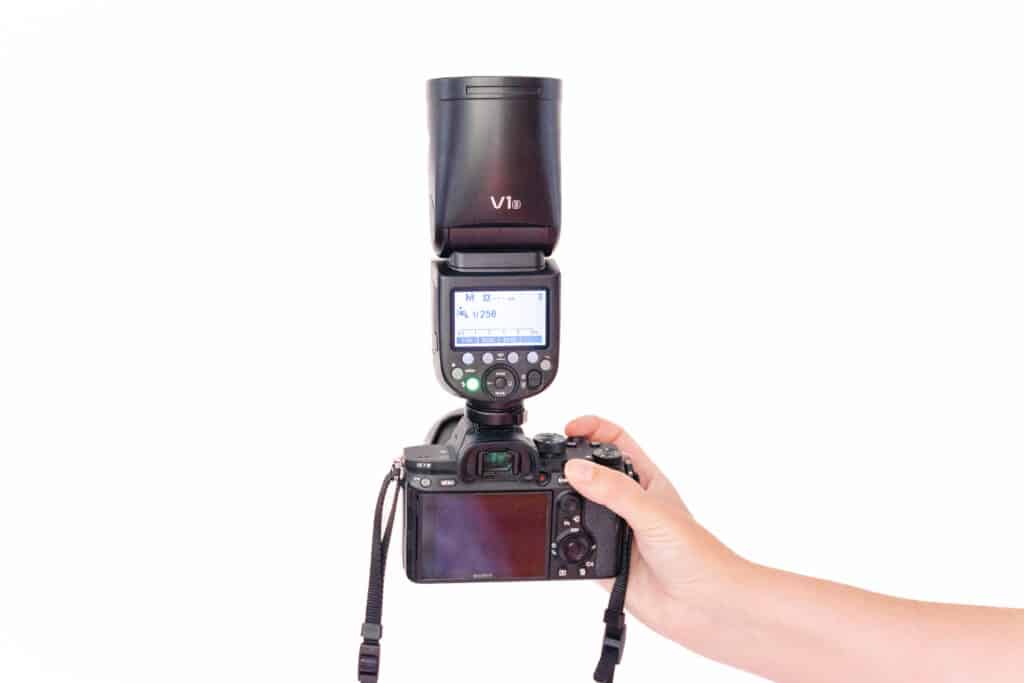
What does Manual Flash Mean?
Just like with shooting in manual mode with natural light, the manual flash mode gives the photographer all of the control. The photographer chooses the amount of power the flash will output by dialing in this setting either on the flash itself for on-camera flash or on the trigger when using off camera flash. Full flash power is denoted as 1/1. 1/2 mean half power. 1/4 means quarter power and so on. My Godox V1s speed light can go as low as 1/256 power.
Because you will not be directly using your in-camera meter as you would with TTL, other forms of metering are necessary. Consider either using a light meter or, my favorite, the expo disc. Granted, when using a digital camera, you could also go through the process of trial and error, checking the back of your camera between test shots. However, I do recommend using some form of external metering to ensure consistency with your flash photography work.
Pros: You are in control of deciding how much flash power is used. This means more control in creating the quality of light you desire. Artificial light in photography sometimes gets a bad rap for looking harsh, but this is often because of too much flash power being utilized or poor use of modifiers. Because the flash power is staying the same unless you change it, the lighting of your images will be more consistent, making for easier editing. This is especially true if you are using off camera flash.
Manual vs TTL Flash – The Winner In My Book
In case you haven’t already guessed, I am pro Manual Flash. I’ll be honest. I’m a bit of a control freak. It’s very much my preference to make decisions about the way my equipment functions, rather than hoping that my camera will read my mind. If something looks off, if the light is too harsh or bright, I want to be able to make small adjustments to my liking. Therefore, I highly recommend learning how to use your flash in manual mode. (However, if you find yourself in a bind, TTL mode may be better than no flash at all and may be worth trying.)
While I do side with manual mode in the debate of Manual vs TTL Flash, I do recognize that there is a lot to learn before confidently using this setting. I would love to help you get more comfortable with using flash during your in-home or indoor portrait sessions. If you need help getting familiar with all the flash functions, check out my FREE Quick-Start Course for Flash Photography. In this free mini-course, I go through all of the modes and settings I adjust when setting up for for on camera and off camera use. This is a great place to start if you don’t fully understand how your flash works. I also offer a full 4+ hour course about my approach to In-Home Flash Photography.

Curious to see my gear list? Click here.
I hope this post has helped you learn the difference between Manual vs TTL Flash and taught you something in the process of mastering flash. Flash photography has brought me so much confidence when approaching indoor portrait work. To see my Chattanooga photography work, including in-home sessions with flash, click here. Learning how to craft your own light is a worthy endeavor as a portrait photographer. Keep up the good work and keep on learning. I’m here to help if you need me!
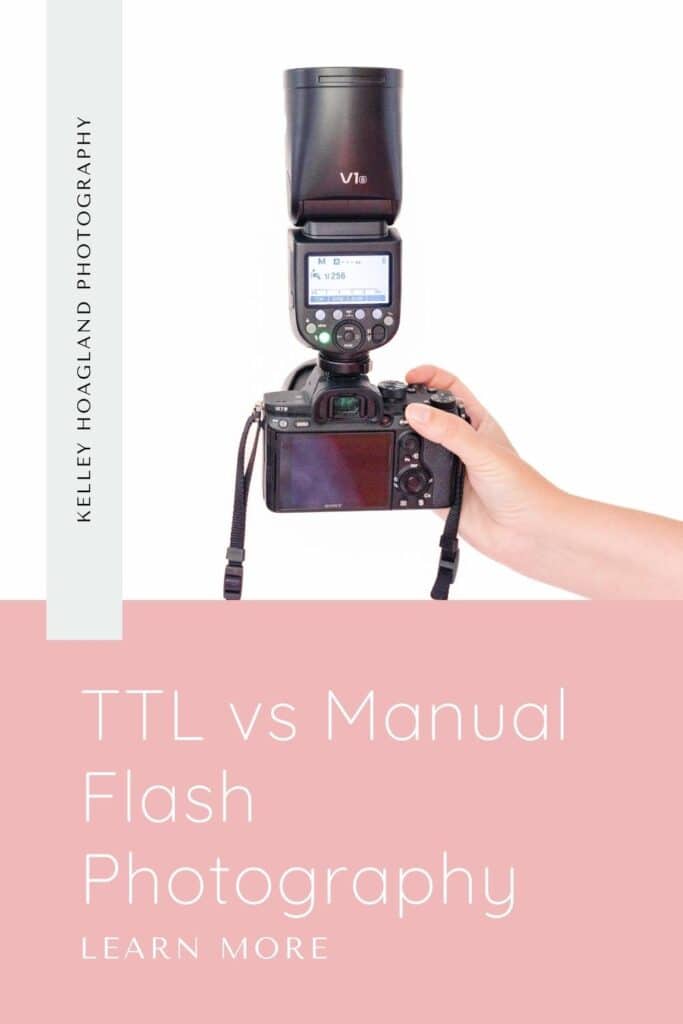
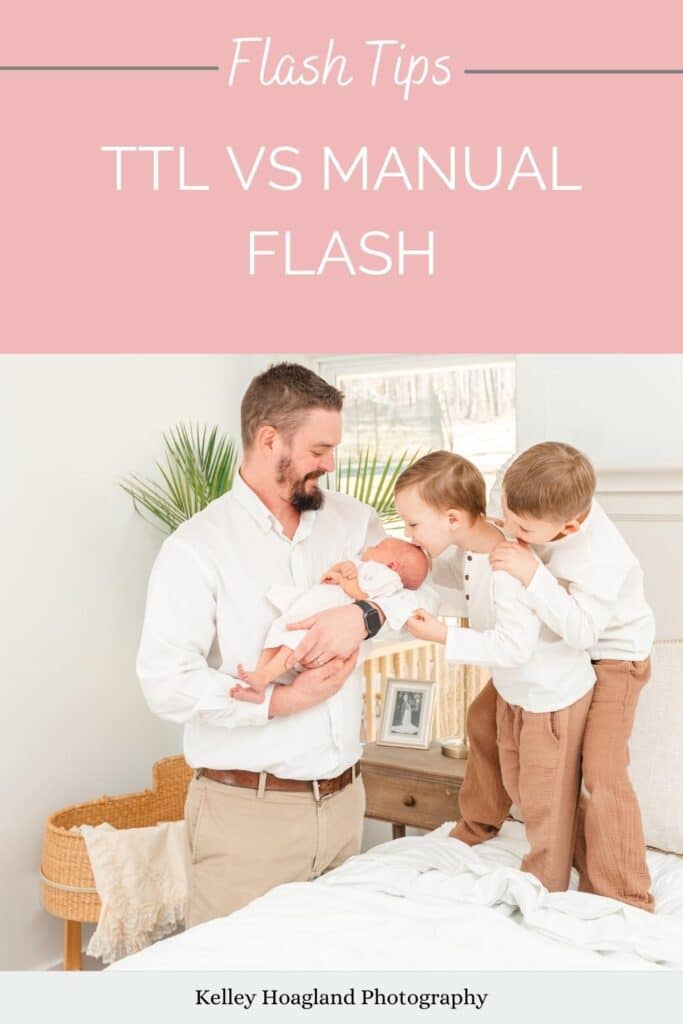
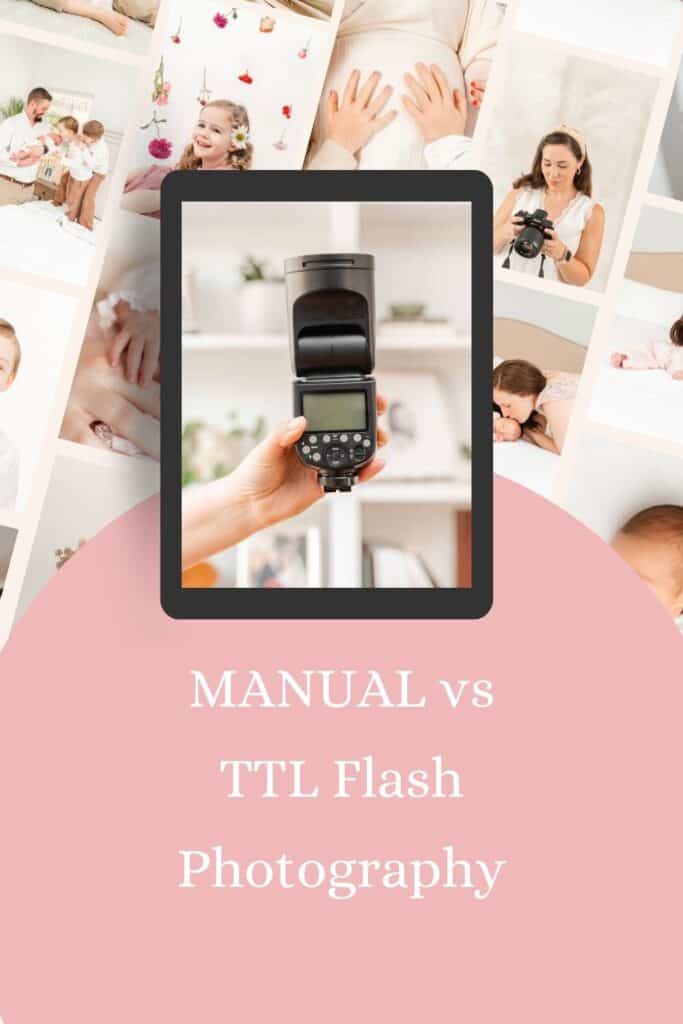
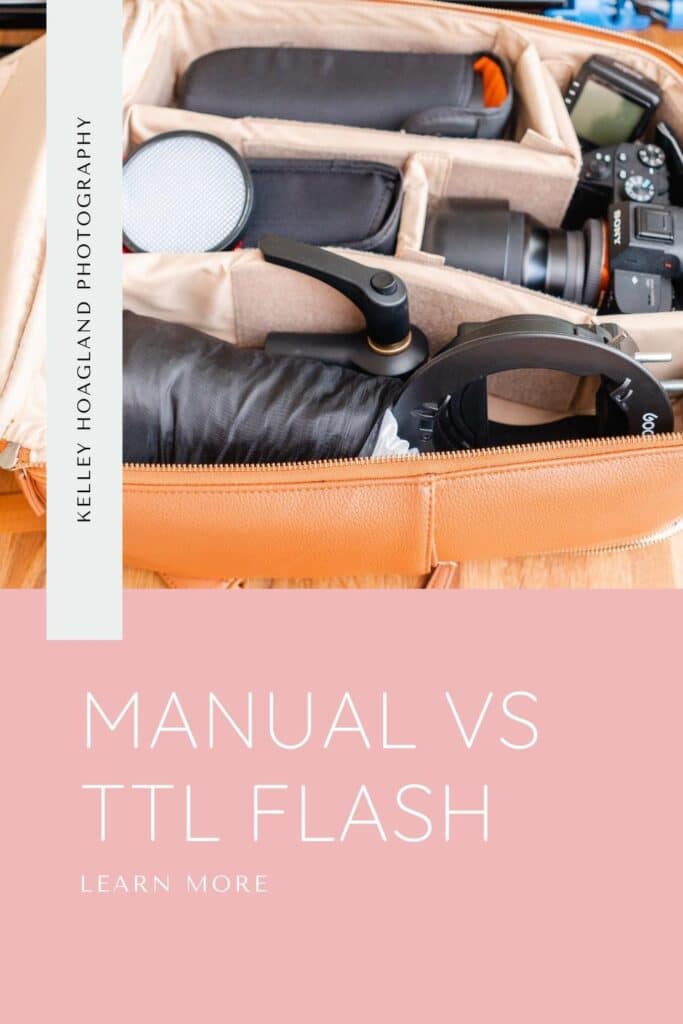
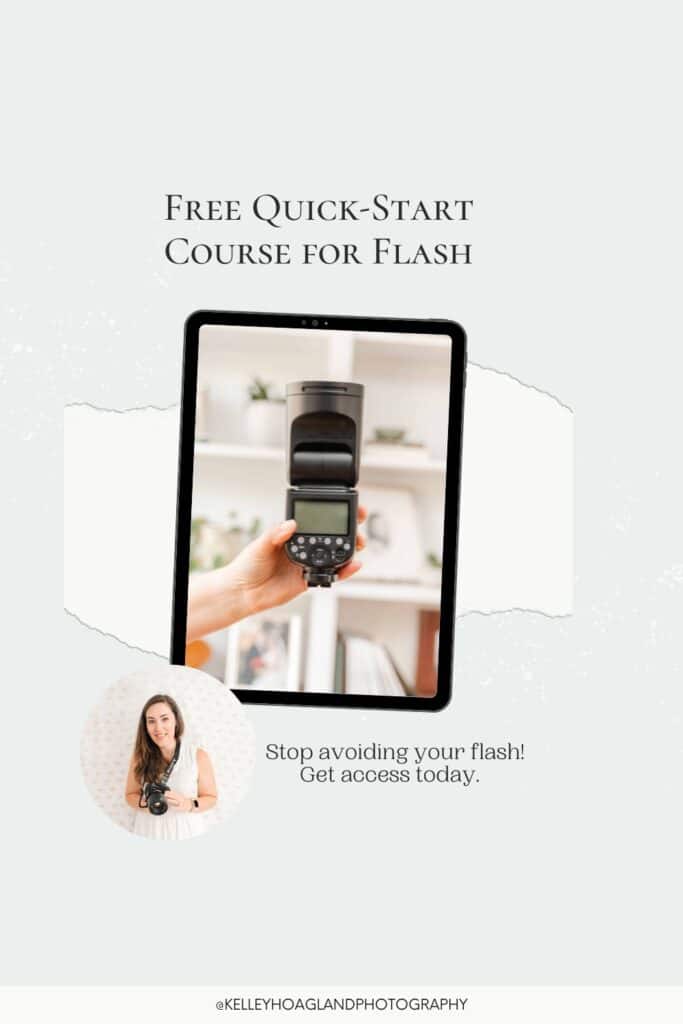
Be the first to comment